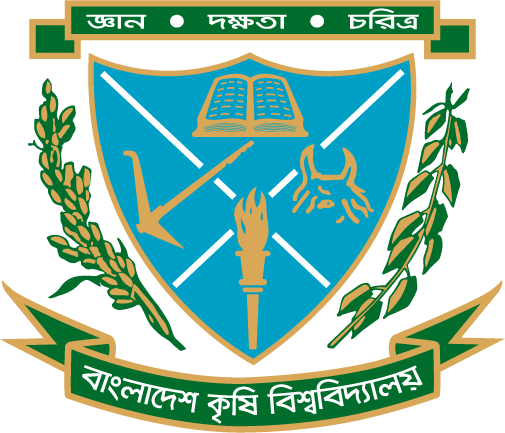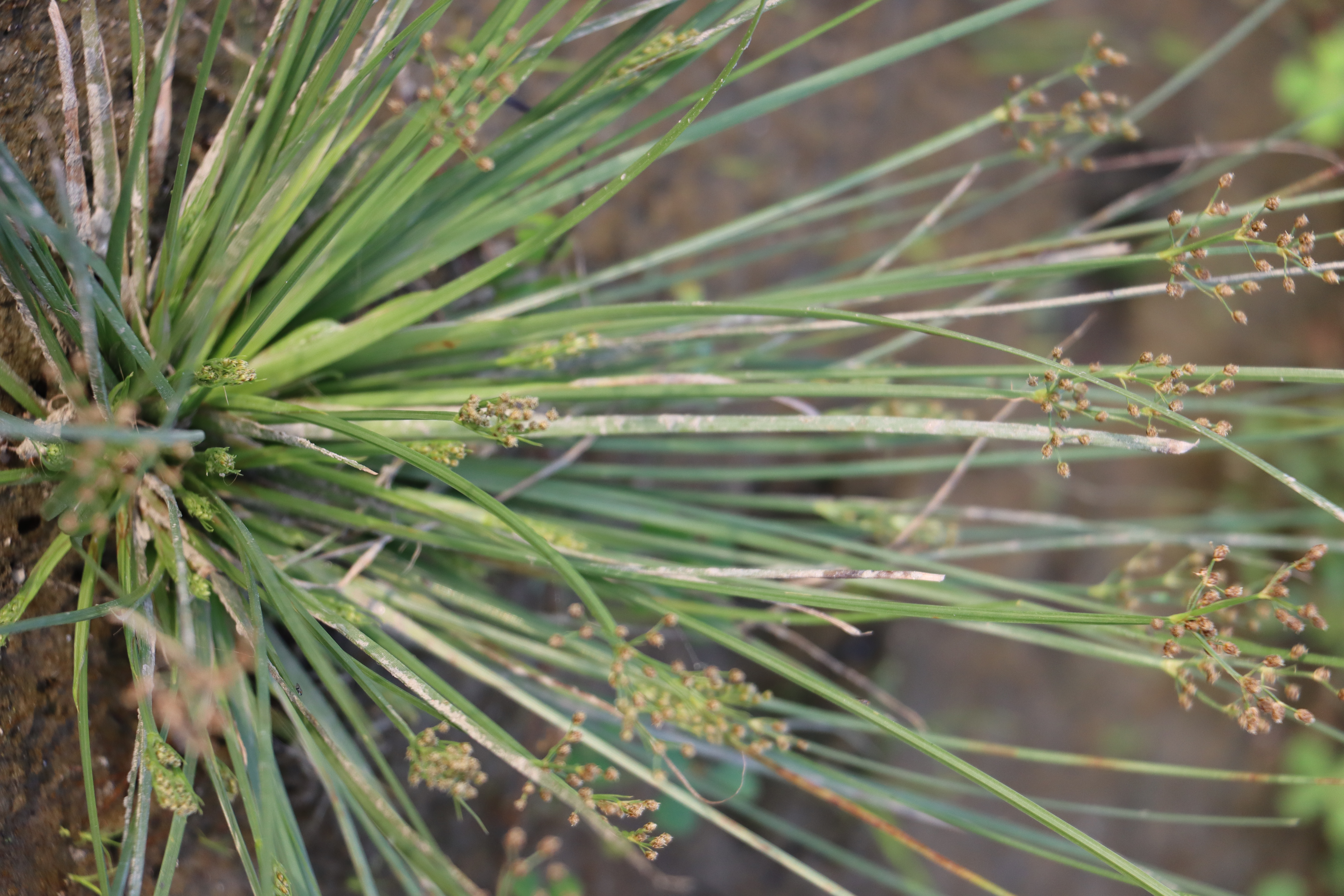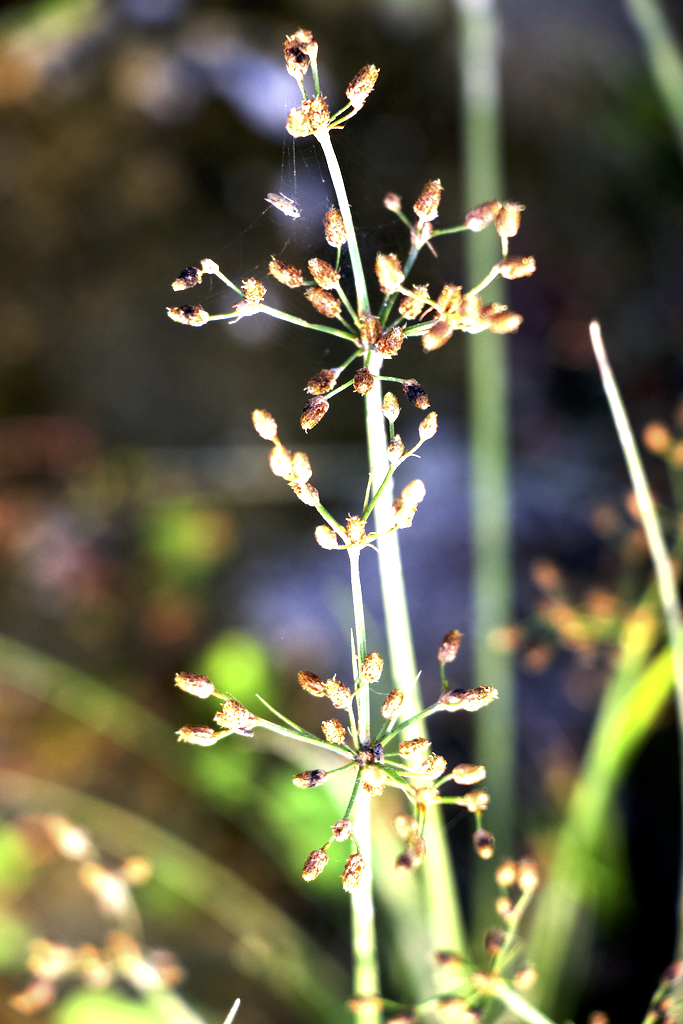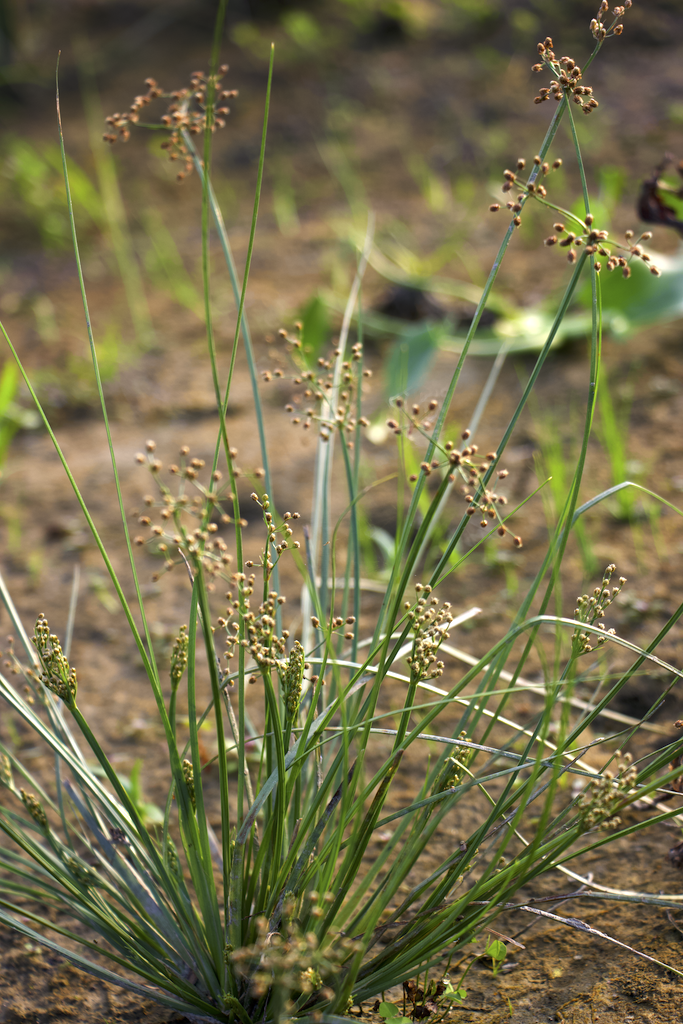

Identification Notes




EPPO CodeFIMMI |
Life CycleAnnual |
MorphologyCulm – densely tufted with rhizome, flattened, 4-sided with 2 sharp edges, smooth, glabrous, leaved at the base. Leaves – few upper leaves bladed, the lower leaves cataphylloid, blades laterally compressed, shorter than to surpassing the culm, gradually narrowed to long, acuminate apex, light green, soft, sheath laterally flattened, greenish. Inflorescence – corymb, spikelets solitary, ovoid-globular. Fruit – achene, obovate, trigonous. |
Growing seasonJanuary to December (Rabi and Kharif) |
Germination periodJanuary to December |
Flowering periodJanuary to December |
PropagationBy Seed |
HabitatPrefer moist to dry condition. Found in association with aus rice, transplant aman rice, boro rice, jute, chilli, til and rabi crops. Also found in the levee of crop fields, homesteads, roadsides, and fallow lands. |
Weed potentialFimbristylis littoralis is a serious weed in rice. It competes strongly with crops for light and nutrients, can adversely affect rice germination and interferes with crop management. In India, rice yield losses due to F. littoralis (together with Cyperus difformis and Scirpus supinus) were estimated at 9% in transplanted rice in the dry season and 24-32% in direct-sown rice in puddled conditions The weed can also outcompete native vegetation. Fimbristylis littoralis is a secondary host of pests and diseases such as rice earhead bug (Leptocorisa acuta), paddy armyworm (Mythimna separate) and rice sheath blight (Rhizoctonia solani). |
Control measure- |
Recommended herbicide- |
Distribution- |
Medicinal properties- |
References- |